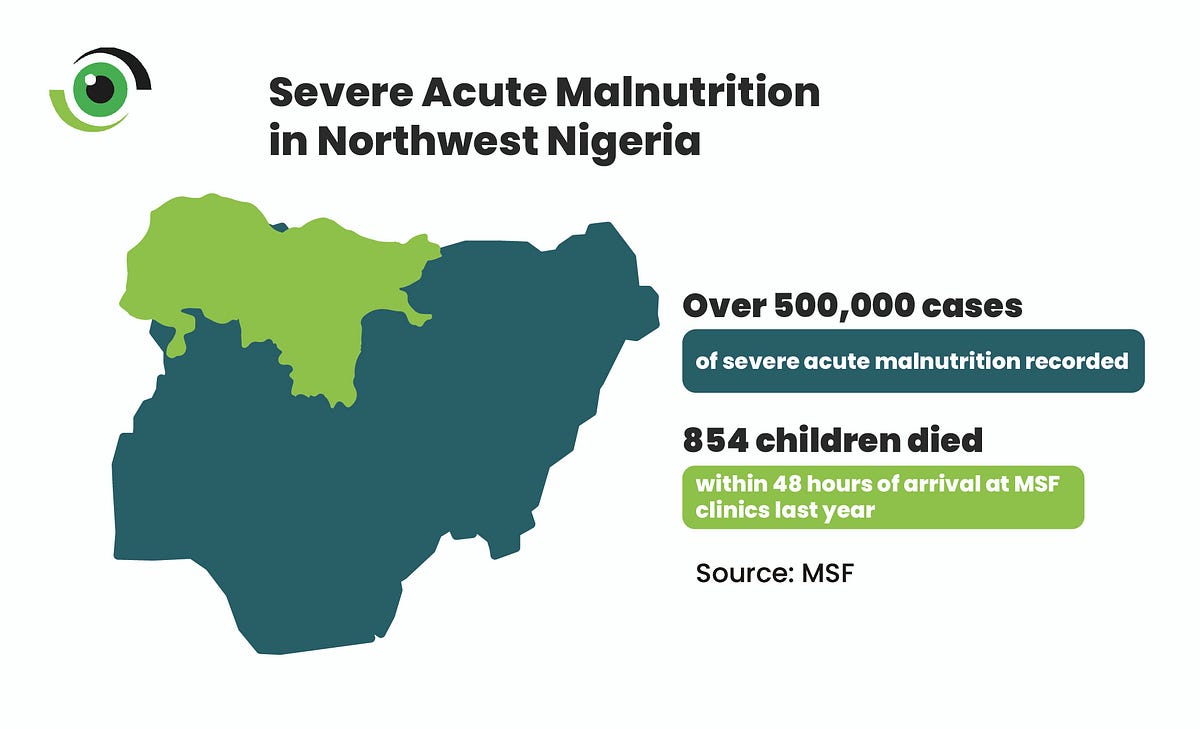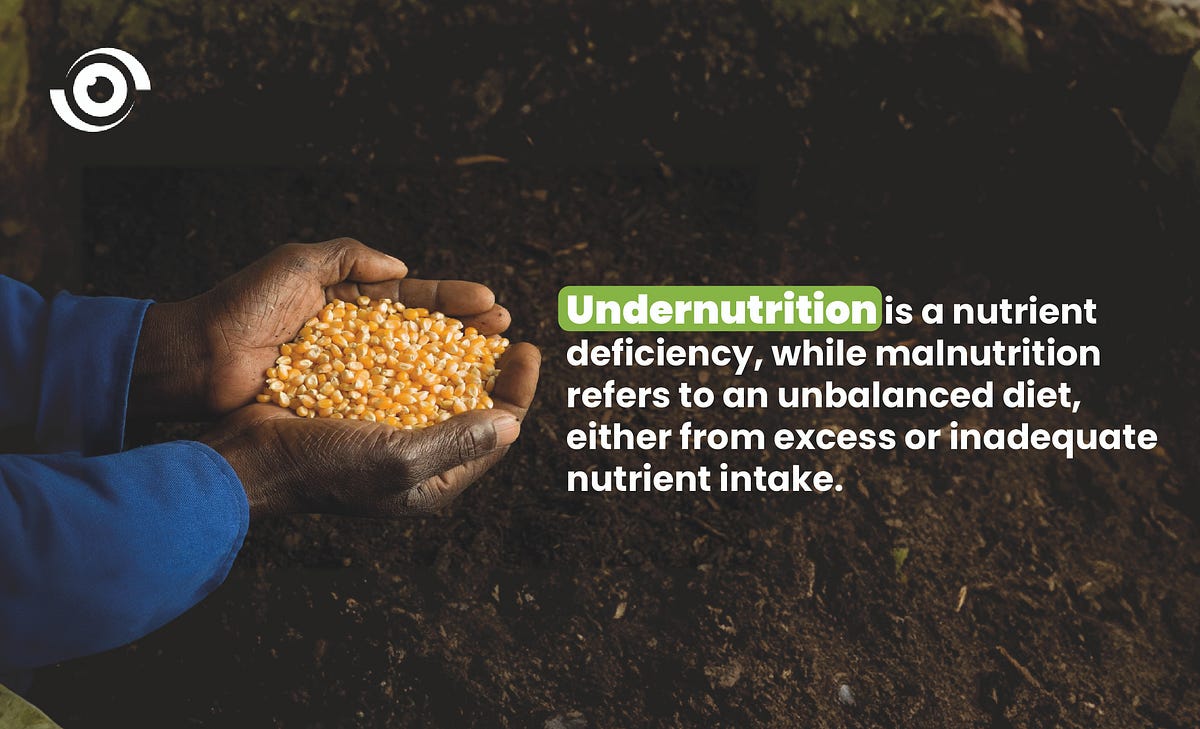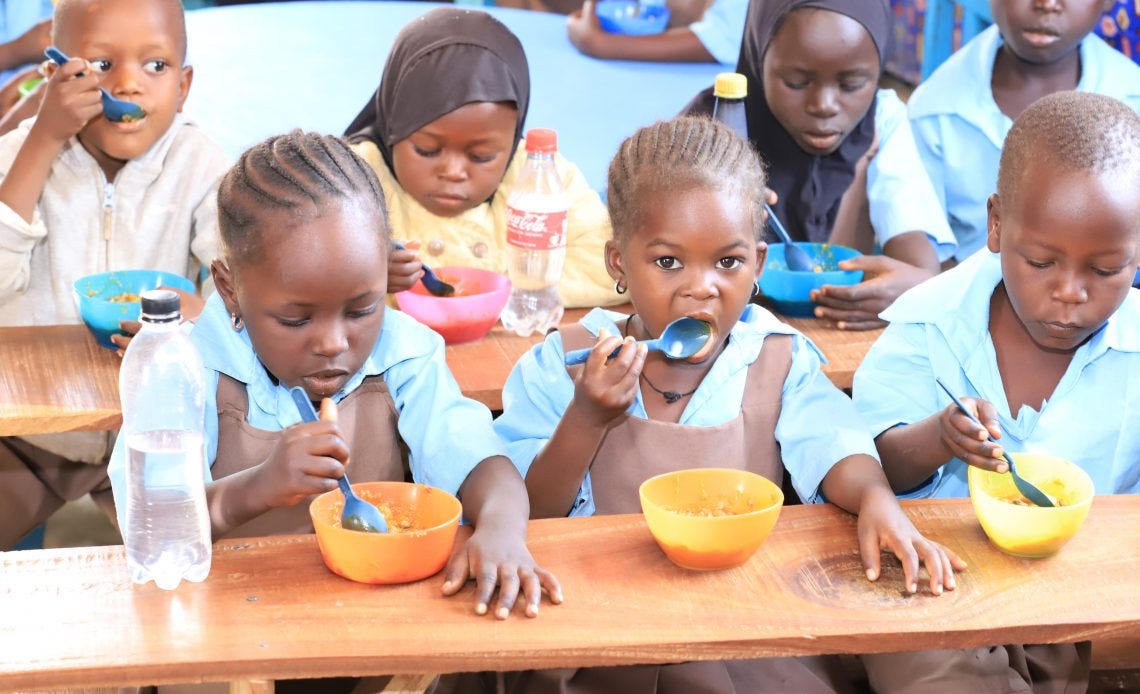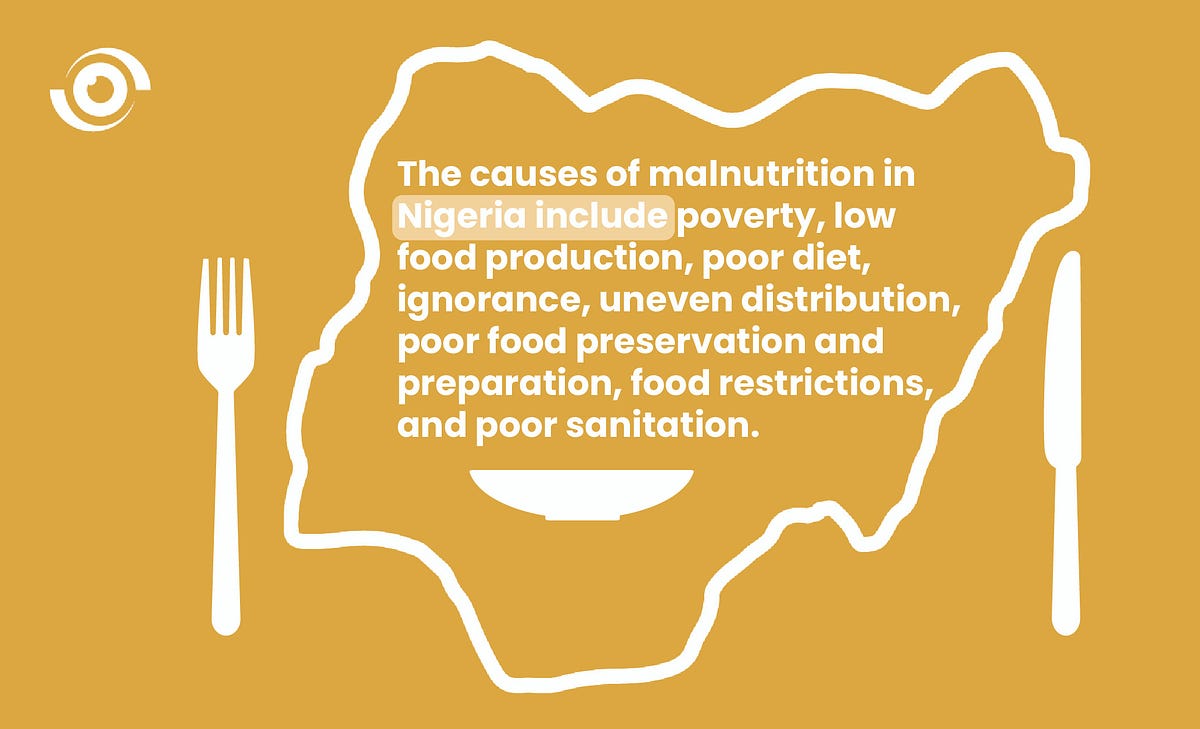Samuel Gada and Safiya Shuaib Isa [Lead Writers]
Despite its position as one of the largest economies in Africa, Nigeria still struggles with the complex issue of malnutrition, with children bearing the heaviest burden. According to the United Nations Children’s Fund (UNICEF), almost 1 in 3 children under the age of five in Nigeria have stunted growth – a condition resulting from prolonged malnutrition that hinders physical and cognitive development.
Although these statistics are alarming, the situation is even worse because the solution is already known. Collaborative efforts from all sectors are needed to save millions of children from severe malnutrition and death and pave the way to a healthier and more prosperous future.
Some pockets of efforts by government, non-governmental organizations, and numerous initiatives to alleviate this pervasive issue include:
1. A community-based approach.
In Kaduna State, Alive & Thrive uses community-based approaches to combat malnutrition. This program focuses on improving infant and young child feeding practices, engages with communities and empowers them with nutrition education and support. The organization also trains local health workers and volunteers to adopt better nutrition practices. The favorable outcomes of the program are its community approach, which ensures that the interventions are culturally acceptable, tailored and sustainable.
Another effective community based approach is Community Based Management of Acute Medical Centers (C-MAM) in Katsina. These centers are spread across 15 Local Government Areas (LGAs), and combat malnutrition among already malnourished children by providing medical attention.

2. Fortify staple foods.
Food fortification has also proven to be an effective tool to combat micronutrient deficiencies. The Global Alliance for Improved Nutrition (GAIN) partners with local producers of food crops and food items to fortify staple ingredients such as wheat flour, salt and vegetable oil with essential vitamins and minerals. This initiative ensures that even those with limited access to balanced diets receive essential nutrients.

The success of the Lagos salt iodine program led by GAIN has resulted in a significant reduction in iodine deficiency disorders, demonstrating the potential impact of food fortification on improving public health.
The International Institute of Tropical Agriculture (IITA) has also been at the forefront of this effort by promoting biofortified crops such as Vitamin A-rich cassava and sweet potatoes. These tuber crops, which are much more accessible, are bred to contain higher levels of essential nutrients, providing a more nutritious diet for low-income families.
3. Technology for nutrition education.
Through the mNutrition initiative, supported by the Global System for Mobile Communications (GSMA) and implemented with local partners, critical nutrition information reaches even the most remote communities, bridging the gap created by limited access to food and nutrition information.
The initiative provides mothers and caregivers with mobile-based nutrition information through text messages and interactive voice responses and disseminates valuable information about breastfeeding, complementary feeding, and hygiene practices.
4. School feeding programs
The National Home School Feeding Program (HGSF) aimed at feeding primary school students was established in 2005. At the time, it was recognized as a powerful mechanism to improve child nutrition while improving educational outcomes. The program provided nutritious meals to school children and sourced the meals from local farmers, fostering a symbiotic relationship between agriculture and nutrition. Despite reaching millions of children in 30 beneficiary states across Nigeria, the program has run into some instability and has since been suspended due to insufficient funds.

The private sector is stepping up its efforts to tackle nutrition-related issues, with Nestlé Nigeria being one such example. The Nestlé Healthy Kids Program educates children and teenagers about nutrition, healthy eating habits and physical activity. However, policy and advocacy are at the forefront of this fight, with the Scaling Up Nutrition (SUN) movement in Nigeria leading the charge in uniting various stakeholders, and the National Nutrition Strategic Plan of Action (NSPAN) also describe comprehensive strategies to cope. malnutrition, such as improving maternal and child health services, improving food security, and promoting dietary diversity.

There is still more to do
Although the challenge of malnutrition in Nigeria is daunting, the innovative and multifaceted solutions being implemented show that malnutrition can be fought. However, continued investment and commitment from all sectors of society will be critical to sustaining these gains and ensuring a healthier future for all Nigerians.